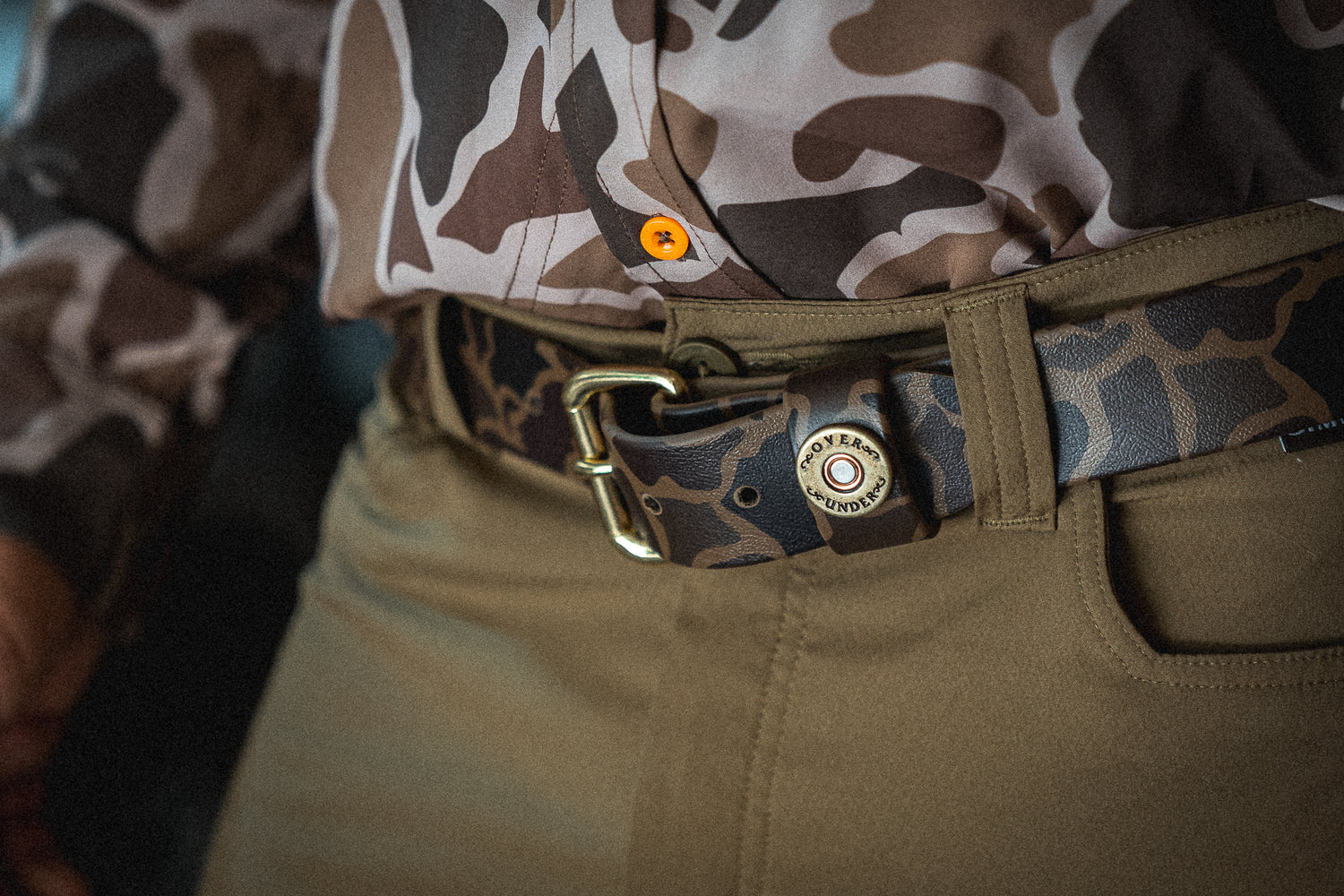A hunting knife is essential for the outdoor lifestyle. In fact, you may have several knives dedicated to hunting tasks, ranging from field dressing to deboning. If you're going to carry one knife around, though, you want a style that's ideal for the main tasks.
Choosing a hunting knife is a personal endeavor since it has to do the target task while also feeling right in your hand. Below are some important considerations for when you're looking at hunting knives.
Fixed or Folding Blade
One of the first questions you'll ask yourself is how involved your hunting will be. If you're a casual hunter, your knife needs aren't as great as those of the more dedicated hunter.
For the casual hunter, a folding blade is a good investment. Typically, folding blade knives work for a variety of purposes. What's more, they're more compact, making them easy to carry in your pocket — you don't need a special sheath. That said, make sure the locking mechanism of the knife is solid. The blade must remain stationary while you're working.
If you're a more avid hunter, a fixed blade is the better option. They typically can handle more heavy-duty jobs. Naturally, fixed-blade knives aren't as compact as folding blades. Indeed, you'll need a sheath to carry the knife. Nonetheless, a solid, fixed-blade knife will be up to any hunting task you use it for.
Shape of the Blade
While you have many options in blade shapes, you'll typically choose one of three.
The drop-point blade features a convex back. When you look at the knife, you see the gentle curve of the overall knife made by the point in the front dropping. These knives work especially well for cleaning and skinning. Indeed, the purpose of the dropped point is to reduce the instances of puncturing the hide while working.
The shape of a clip-point knife is straighter than a drop-point. However, halfway up the blade comes a concave back that ends in a fine point. You can use a clip-point blade for most hunting and camping chores.
The skinner blade is a specialized shape. The blade curves up from the handle a little like a small scimitar. The purpose of the shape is to skin big game animals quickly. That said, you can use these blades for other hunting chores as well. If you want one that's especially good at skinning, look for a blade with a short, thin shape. You also want the blade to be smooth, not serrated.
Texture of the Handle
Field dressing is a messy business. The last thing you want to be doing is fighting to hold onto your knife — a hunting knife should be sharp, and you don't want to risk an accident if it slips. Therefore, the texture of the handle is just as important as the shape. Concerning shape, though, you do want the handle to feature thumb or finger stops for safety.
The material for hunting knives ranges from manufactured materials such as fiberglass composite and steel to natural materials such as bone or wood. What's essential for utility is the texture. The handle must provide a non-slip texture that's easy to keep a hold of. Look for rougher textures as these will keep their grip while you're working.
Another matter to consider when choosing the texture of the handle is how it will feel. Generally speaking, the natural materials feel better in your hand, especially in the cold weather. Metal will feel cold. Synthetic handles can also feel warm even in cold weather.
A hunting knife is an important part of your overall outdoor gear. Choose a hunting knife that meets your needs and outdoor lifestyle. Over Under Clothing can provide the gear to preserve your sporting lifestyle.


